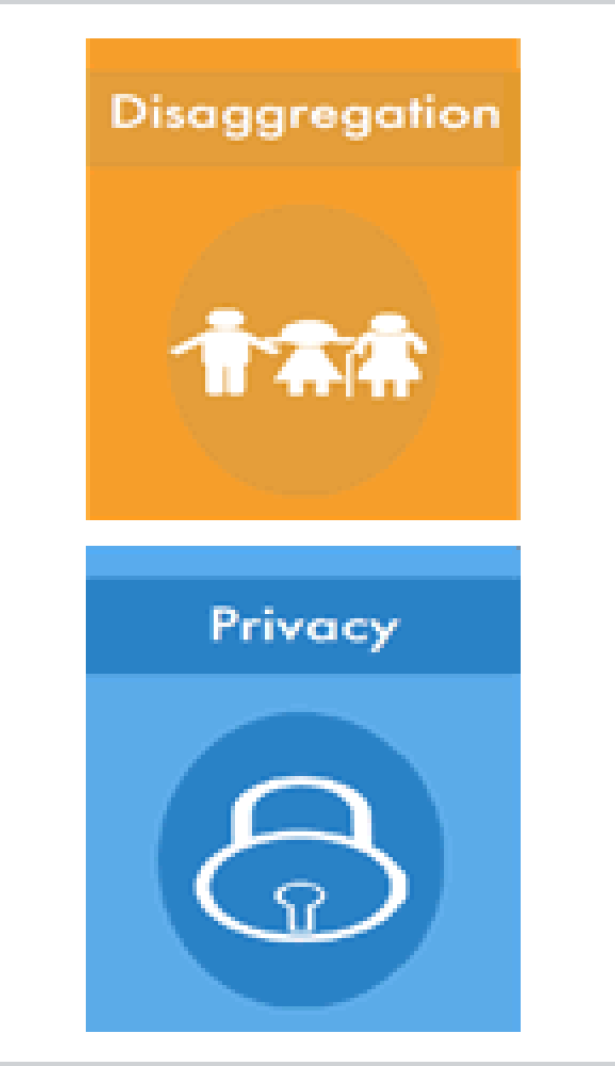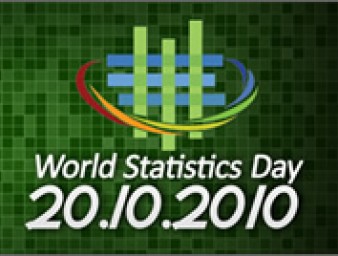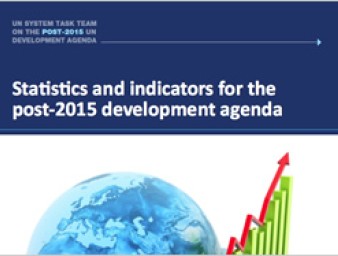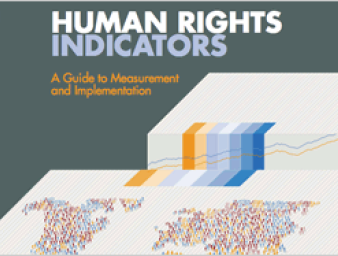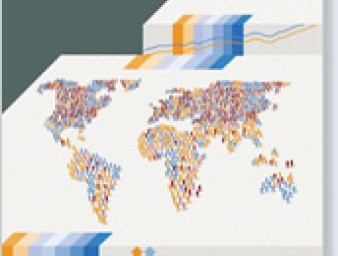Measuring human rights to support sustainable development
08 April 2016
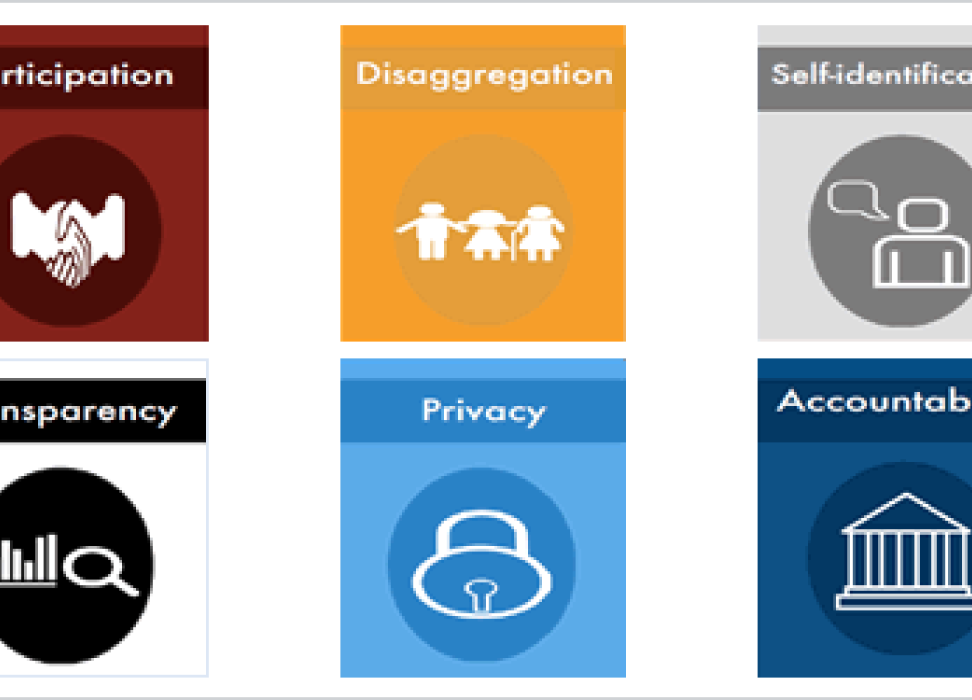
An event organised in March by the UN Human Rights Office on the side-lines of the latest session of the UN Statistical Commission in New York, analysed how data collected and used with a human rights-based approach in mind could help attain the goals outlined in the 2030 Sustainable Development Agenda, including reducing inequality and eliminating discrimination against anyone anywhere.
The UN Human Rights Office recently developed a guidance note for policy makers, data specialists and development practitioners, on the human rights-based approach to data to achieve and measure the sustainable development goals. Inclusive data collection and disaggregation are key words in that document.
“If you are not counted, you do not count,” said Thorkild Olesen, Chair of the Denmark-based NGO, Disabled People’s Organizations. “The purpose of statistics and data collection is to implement and fulfil human rights, including for the most vulnerable or marginalised groups.”
The UN Human Rights Office has identified a set of six basic principles for a human rights-based approach to data collection and use: the participation of population groups, in particular the marginalized in the data collection process; the disaggregation of data to prevent discrimination based on sex, age, ethnicity, disability, sexual orientation or religion, which is prohibited by international human rights law; self-identification, without reinforcing further discrimination of these groups; transparency to guarantee the right to information; respecting the privacy of respondents and the confidentiality of their personal data; and accountability in data collection and use.
In 2015, the Human Rights Commission of Mexico, in collaboration with the UN Human Rights office in that country, hosted an international conference of national human rights institutions that vowed to be actively involved in the implementation of the 2030 Development Agenda and collaborate in its measurement.
The national census survey that same year in Mexico made an effort to apply a human rights-based approach to data collection and analysis by disaggregating data based on ethnicity, housing status, and two specific segments of the population: adolescents and the elderly.
It was revealed that 21.5 percent of members of the population identified as being of indigenous origin and 1.2 percent as Afro-Mexicans. The census also showed that indigenous girls spent on average 5.1 years in school - 1.1 years less than indigenous boys and 3.9 years less than the national average for girls. Further, 91.2 percent of drug users in rehabilitation centres were found to be male and the majority of female addicts in rehabilitation were aged between 15 and 19 years old.
Enrique Jesus Ordaz Lopez, Director General of the National Institute of Statistics and Geography of Mexico, who presented these findings, believes that data disaggregation revealing gaps should be clearly communicated to the public and policy makers so they can be translated into effective policy responses. He recommended exploring new forms of data collection and new data sources, refining disaggregation, and extending participation.
His views were shared by Lisa Grace Bersales, National Statistician and Head of the Philippines Statistics Authority. “National statistical offices need to do significantly more in terms of partnerships between national and global data providers and users, and coordinate our national statistical systems,” she said. “We also need to better use existing data sources such as registries and administrative surveys, but also new sources such as big data and geospatial and earth sciences.”
The Chief Statisticians at the meeting confirmed that the UN Human Rights Office Guidance Note was consistent with the Fundamental Principles of Official Statistics, the set of professional and scientific standards adopted by the UN General Assembly in 2014.
The Guidance Note also recommends that National Statistics Offices identify and integrate statistics on human rights under one focal point, an idea that received positive feedback from gender statistics experts in Statistics Finland, pointed out its Director General, Marjo Bruun.
“Although we statisticians rarely use the term ‘human rights’ when producing statistics in our everyday work, the different aspects of human rights are present in our statistics,” she said.
8 April 2016
